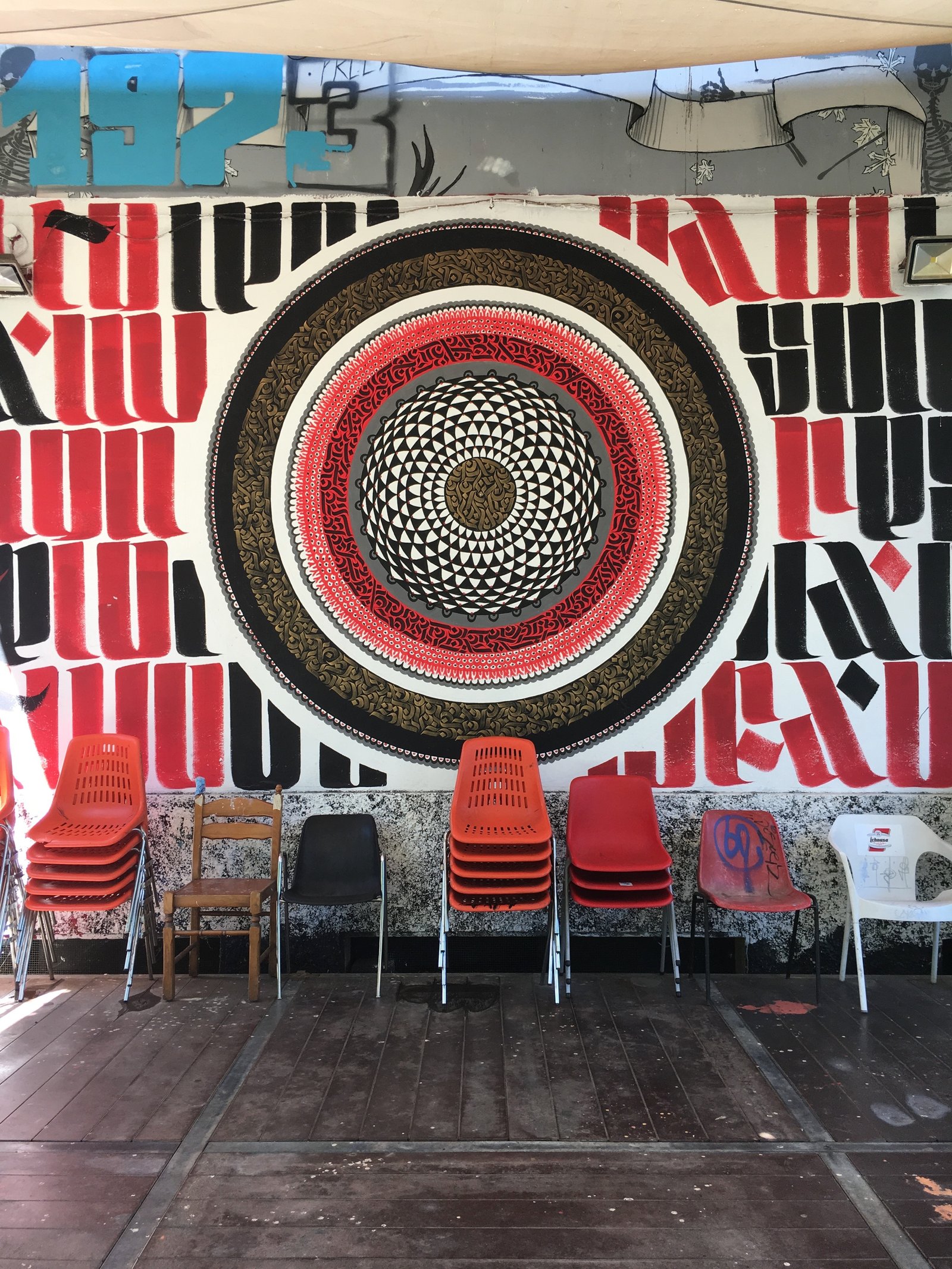Understanding the Beauty and Meaning of Mandalas
Have you ever come across a mesmerizing circular pattern filled with intricate designs and wondered what it was? That, my friend, is a mandala. Mandalas have been used for centuries in various cultures as a form of artistic expression, spiritual practice, and meditation. In this article, we will explore the fascinating world of mandalas, their history, symbolism, and how they can be used in our modern lives.
The Origins of Mandalas
Mandalas have a rich history that dates back thousands of years. The word “mandala” comes from the ancient Sanskrit language and means “circle” or “center.” They have been found in various cultures around the world, including Hinduism, Buddhism, Native American traditions, and even in ancient Celtic art. In each culture, mandalas hold unique meanings and purposes.
In Hinduism, mandalas are used as a spiritual tool to represent the universe and the interconnectedness of all things. They are often used in religious rituals and as aids for meditation. In Buddhism, mandalas are intricate geometric patterns that represent the universe and are used as a visual aid for meditation and spiritual enlightenment.
Native American tribes also use mandalas in their art and rituals. These circular designs symbolize the cycles of life, the four directions, and the interconnectedness of all living beings. Similarly, in Celtic art, mandalas are known as “Celtic knots” and are used to symbolize eternity and the interconnectedness of all things.
The Symbolism of Mandalas
Mandalas are not just beautiful patterns; they are also rich in symbolism. The circular shape of a mandala represents wholeness, unity, and the eternal nature of life. The center of the mandala is often considered the focal point, representing the divine or the self.
The intricate designs within a mandala can vary, but common elements include geometric shapes, flowers, animals, and spiritual symbols. Each element carries its own symbolic meaning. For example, a lotus flower represents purity and enlightenment, while a butterfly symbolizes transformation and growth.
Colors also play an essential role in mandalas. Different colors have different meanings and can evoke various emotions. For instance, blue represents calmness and tranquility, while red symbolizes passion and energy. The combination of colors within a mandala creates a harmonious balance and stimulates different aspects of our being.
The Therapeutic Benefits of Mandalas
Mandalas have gained popularity in recent years as a form of therapy and self-expression. Creating and coloring mandalas can be a calming and meditative practice that helps reduce stress and anxiety. The repetitive and intricate nature of the designs allows the mind to focus and enter a state of relaxation.
Engaging with mandalas can also be a form of self-reflection and introspection. As you color or create a mandala, you may find yourself exploring your thoughts, emotions, and inner world. It can be a therapeutic tool for self-discovery and personal growth.
Moreover, mandalas can be used as a tool for mindfulness and meditation. By focusing on the center of a mandala or tracing its intricate patterns, you can enter a state of deep concentration and present-moment awareness. This practice can help calm the mind, increase focus, and enhance overall well-being.
Modern Applications of Mandalas
While mandalas have deep historical and spiritual roots, they have also found their place in modern society. Today, you can find mandalas in various art forms, such as paintings, tattoos, and even home decor. Many artists incorporate mandala designs into their work, appreciating their aesthetic appeal and spiritual significance.
Mandalas have also become popular in the field of psychology. Carl Jung, a renowned psychologist, believed that mandalas represent the self and used them in his therapeutic practice. Mandalas are now used in art therapy to help individuals express their emotions, explore their subconscious, and promote healing.
Additionally, mandalas have found their way into the digital world. There are numerous mandala coloring apps and websites that allow people to color and create mandalas on their electronic devices. These digital mandalas provide a convenient and accessible way to engage with this ancient art form.
Conclusion
Mandalas are more than just beautiful patterns; they carry deep symbolism and offer therapeutic benefits. Whether you create, color, or simply admire mandalas, they can bring a sense of peace, harmony, and self-reflection into your life. So, the next time you come across a mandala, take a moment to appreciate its beauty and the profound meaning it holds.
Remember, mandalas are not just circles with intricate designs; they are gateways to self-discovery, mindfulness, and spiritual connection.



